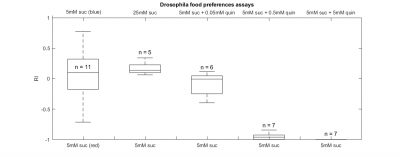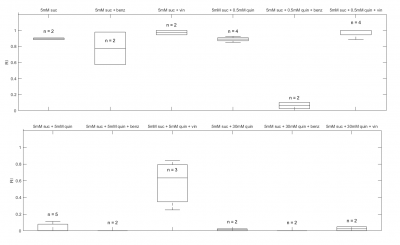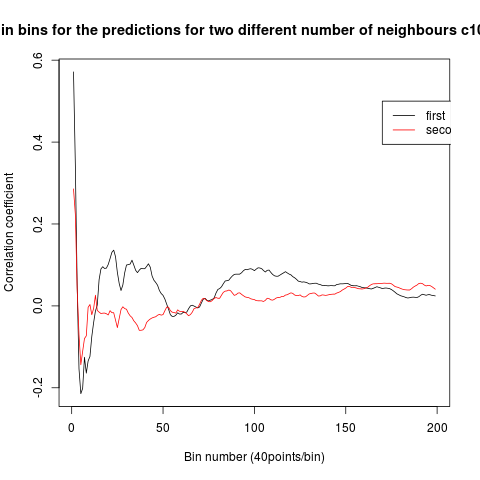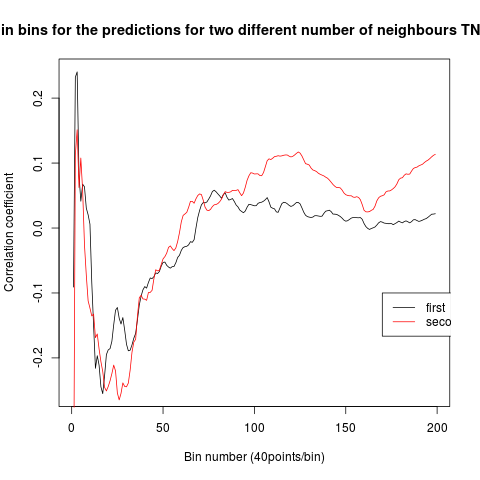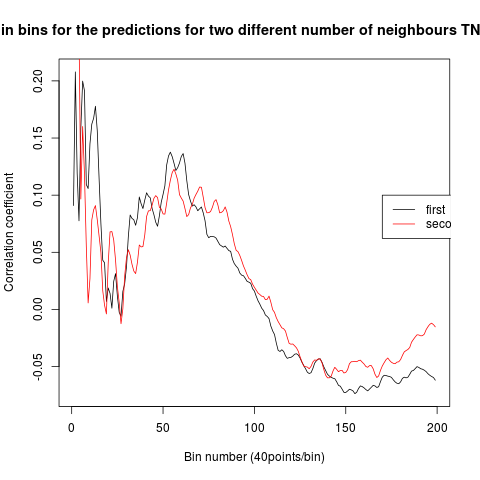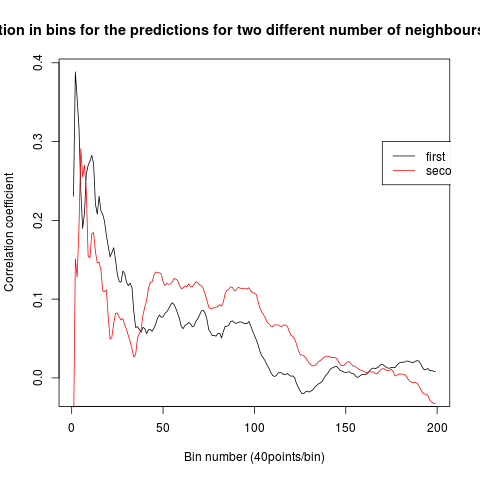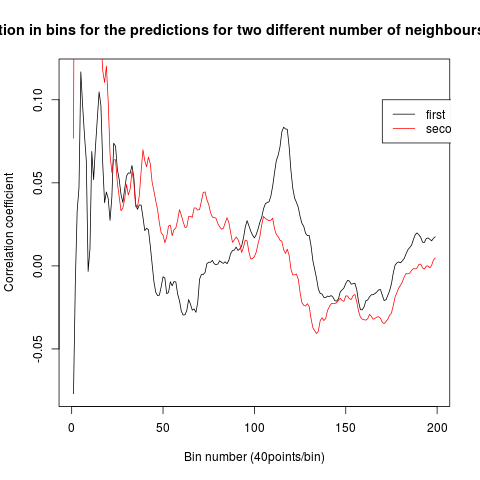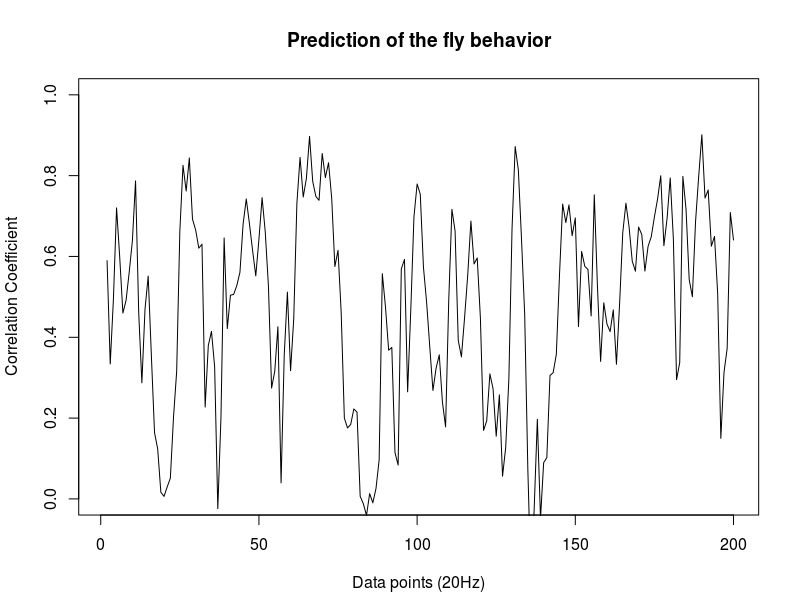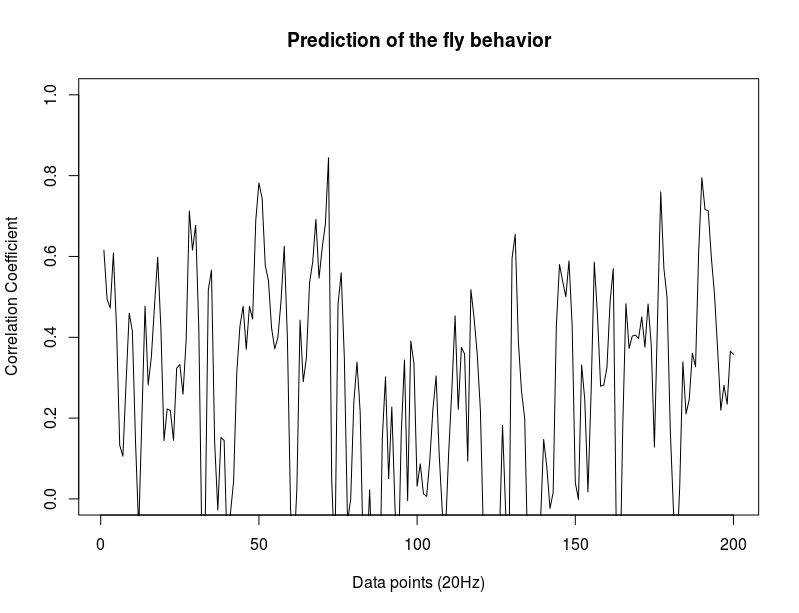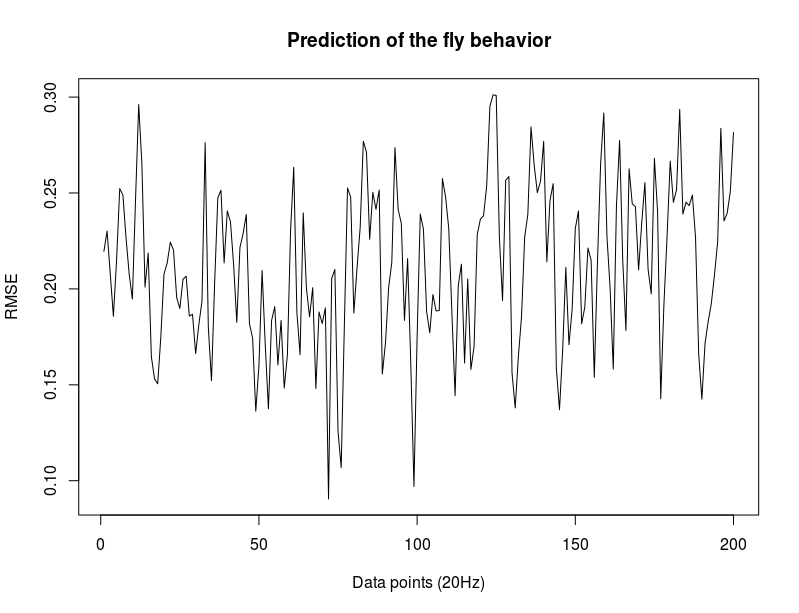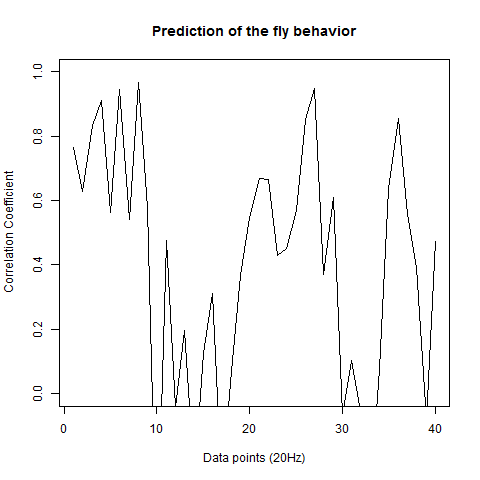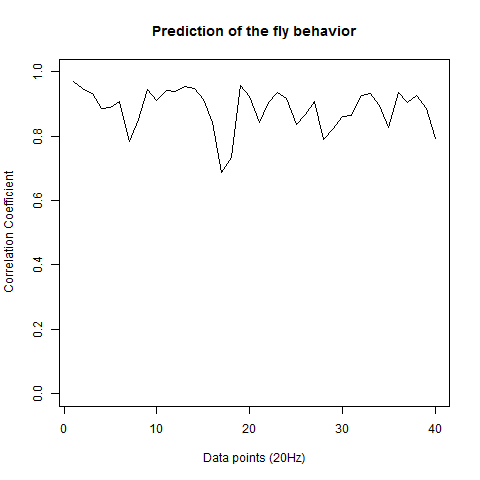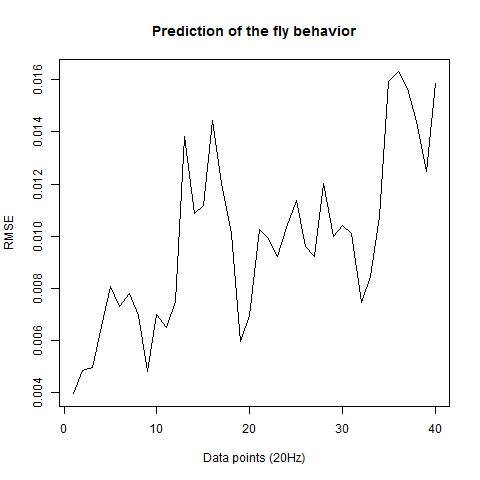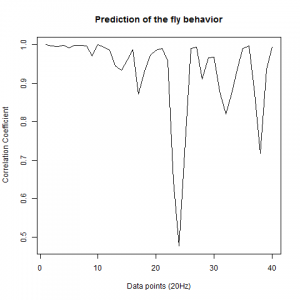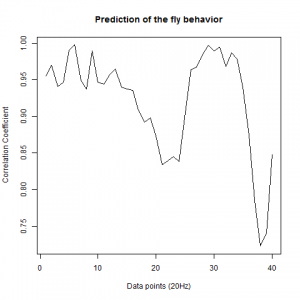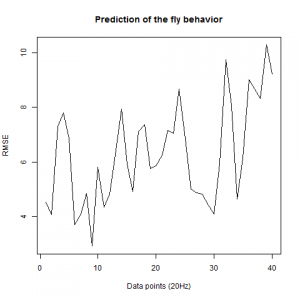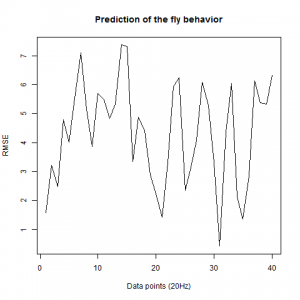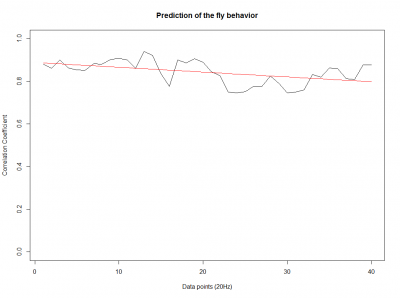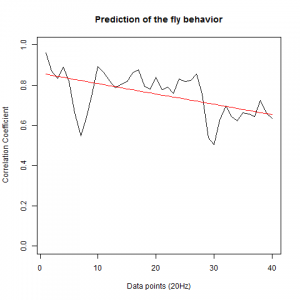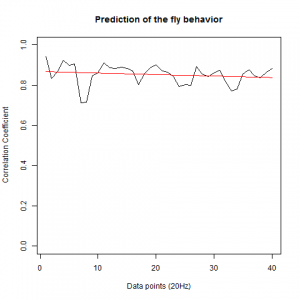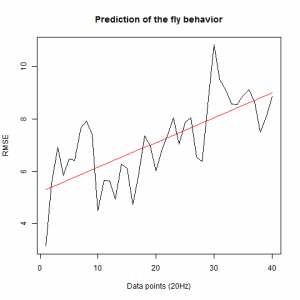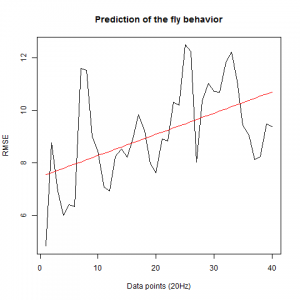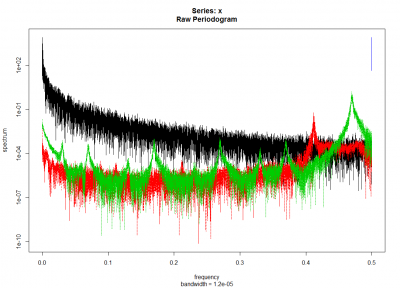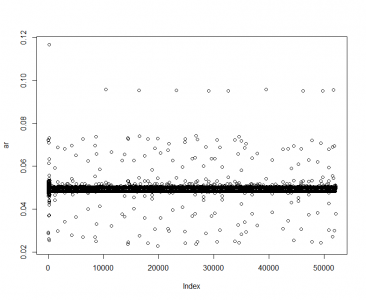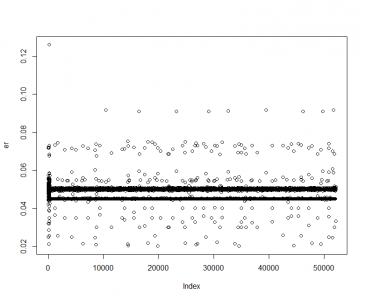Drosophila behavioural flexibility towards food
on Saturday, January 28th, 2017 12:05 | by André Silva
Why does one choose a burger over a carrot? How much is it possible to change that choice? What can Drosophila tell us about it?
I wanted to study Drosophila spontaneous behaviour regarding their food preferences and how malleable it is, so I can then try to condition it – and one should notice that those are “preferences” and therefore not neutral CS to begin with, as usual.
For that I used wild type Drosophila starved for 24 hours.
Drosophila likes the sweetness and the nutritional value of sucrose and does not like the bitter taste of quinine. Vinegar is a well-known attractant and benzaldehyde a well-known repellent.
To test the food preferences I simply add different food colouring to the food, test the flies in Petri dishes with alternated 10µL food drops and then, after 2h at 25°C and without light, I freeze them and count the number of flies based on the colour of their abdomen:
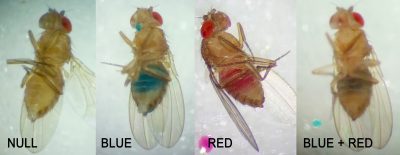
Here I present my first results:
(n = number of trials, each using 40 flies.)
As an illustration, here I have a short video showing a few flies during their initial food exposure:
And here the results with food in the presence of odours:
(The odours were placed in a small piece of filter paper inside the Petri dish.)
Next I would like to see if I can change their preferences (using these foods or sucrose vs fructose, etc.) through conditioning (as in the Garcia effect). Suggestions are welcomed.
Category: Food preference, Spontaneous Behavior | No Comments
Cumulative bins, starting at zero and normalizing
on Monday, April 4th, 2016 3:04 | by Christian Rohrsen
In the last meeting Björn proposed to do correlations of cumulative increasing bins. He said to do that taking the zeroth point (last library point where prediction is still not done) and use it for having a potential 1 of correlation coefficient at the beginning. I could not do that because I didnt save the zeroth points, and this will be a bit tedious and confusing considering that many flies were tested and probably the order is not 100% known. Thus, I just did the bins skipping this zeroth point. After all, we should see something similar with this one. First two graphs: c105;;c232>TNT (first and second prediction point), second: WTBxTNT, third: WTBxc105;;c232.
Examples of how each of the flies look like. So they are basically cumulative bins with each single fly (each in different colour). Just to have a hint how does the singularity looks like. 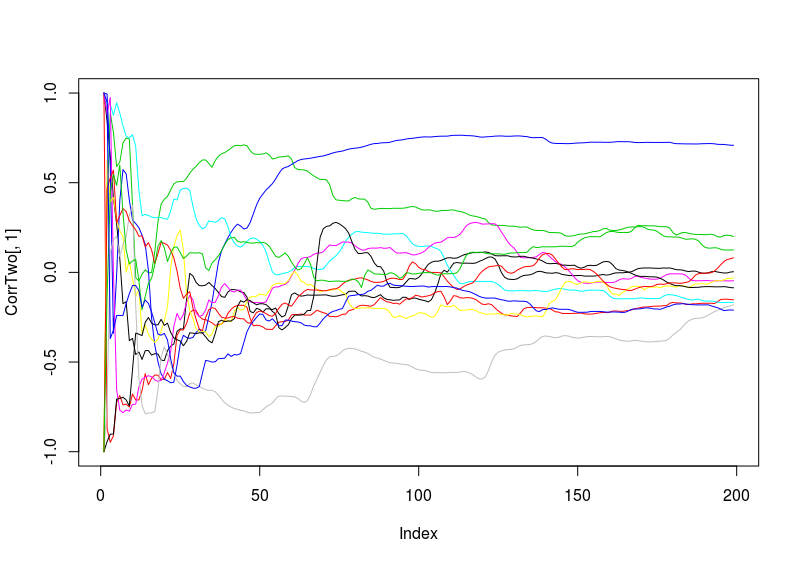
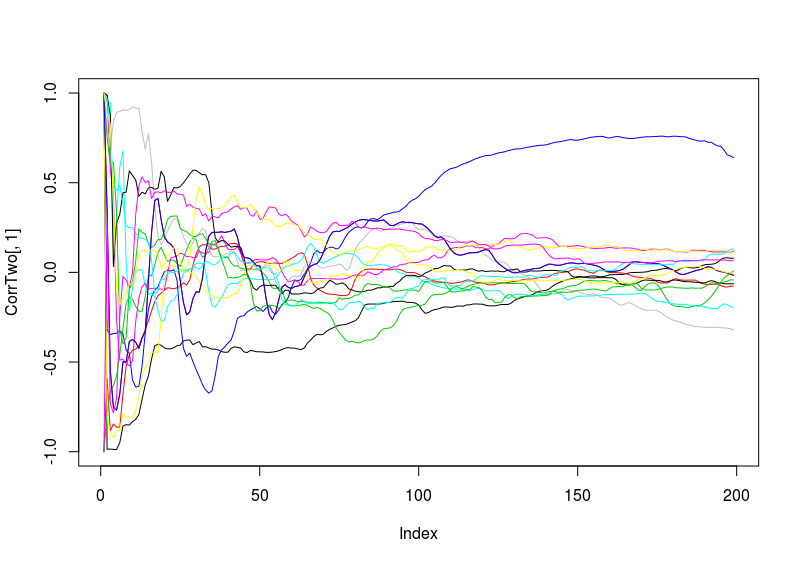
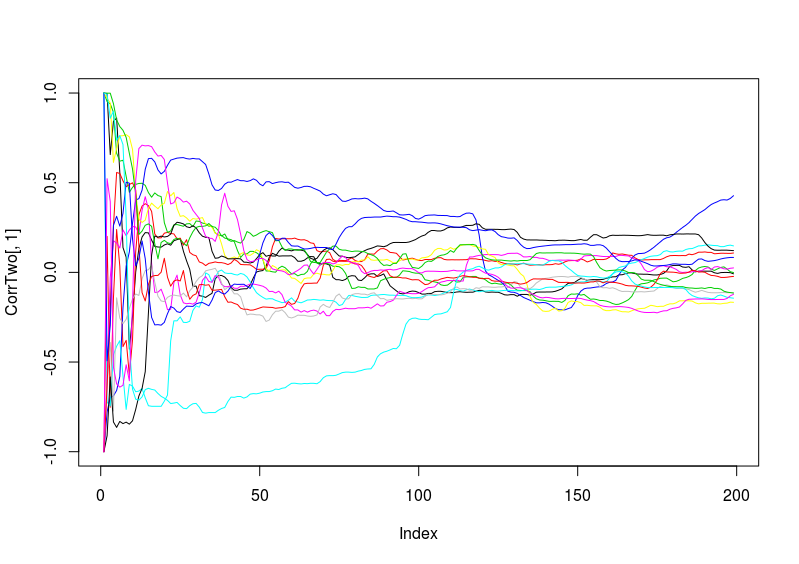 Second thing I did is normalize the to have a range from -1 to 1 all of them (I have to double check the range in the script) and also setting them at a starting point of zero. I did this because we do not want to have differences in the correlation coefficient due to a different offset of the values of the wing beat and neither because of the starting point (if the fly was already flying to the right full gas, then it could be that it has an influence in the following prediction).
Second thing I did is normalize the to have a range from -1 to 1 all of them (I have to double check the range in the script) and also setting them at a starting point of zero. I did this because we do not want to have differences in the correlation coefficient due to a different offset of the values of the wing beat and neither because of the starting point (if the fly was already flying to the right full gas, then it could be that it has an influence in the following prediction).
c105;;c232 –> first at starting at zero without normalizing and then with normalizing. The next is just the RMSE (not so important).
Category: R code, Spontaneous Behavior, strokelitude, WingStroke | No Comments
Prediction with binnning
on Monday, March 21st, 2016 1:13 | by Christian Rohrsen
To see if there is an exponential decay in the prediction of the fly traces we did correlations of bins of 40 data points. We have 4 graphs (the last one merged) which consist of predictions at two different points with two different number of neighbours used for the prediction. So we have for each group sucesively: prediction at the first prediction point with the first number of neigbours, then the same with different number of neighbours. The last two are two different numbers of neighbours for the second prediction point. In the order: c105;;c232>TNT, TNTxWTB, c105;;c232xWTB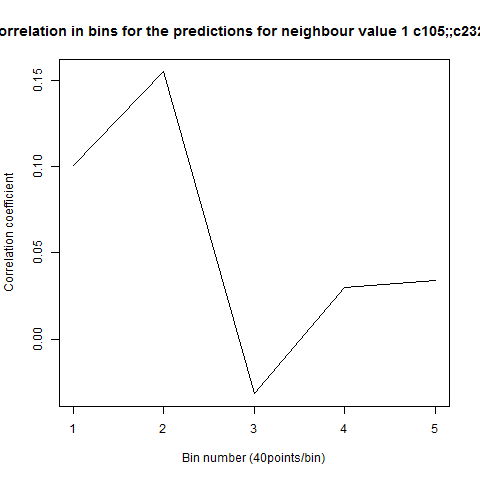
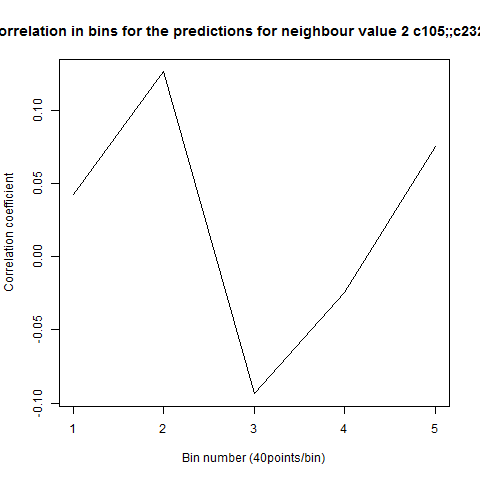
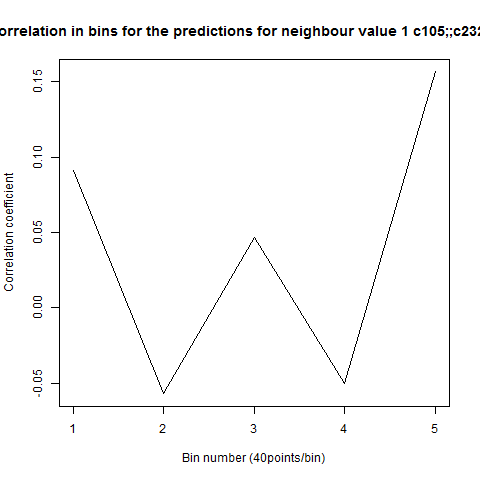
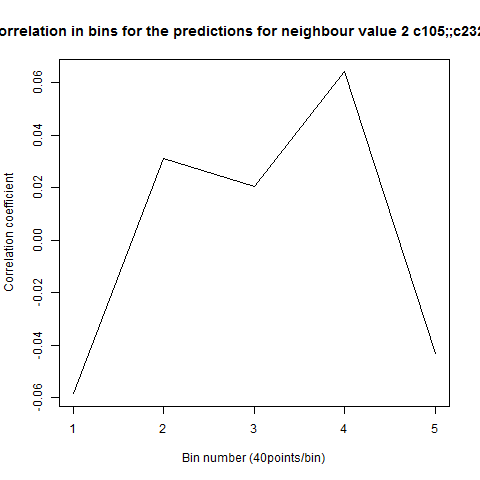
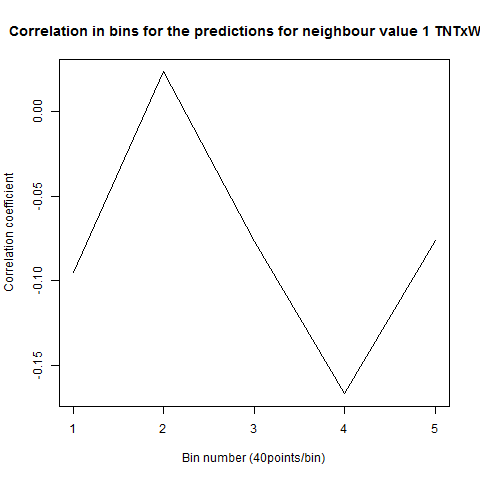
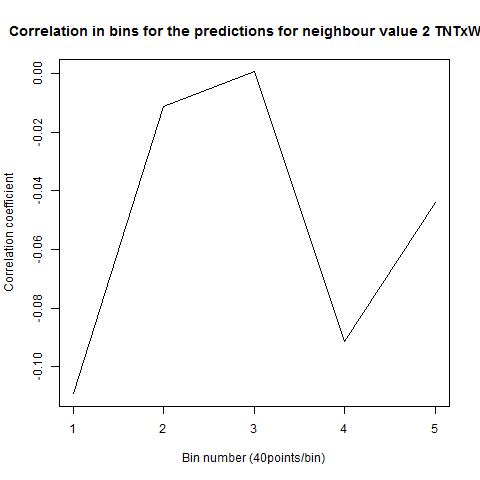
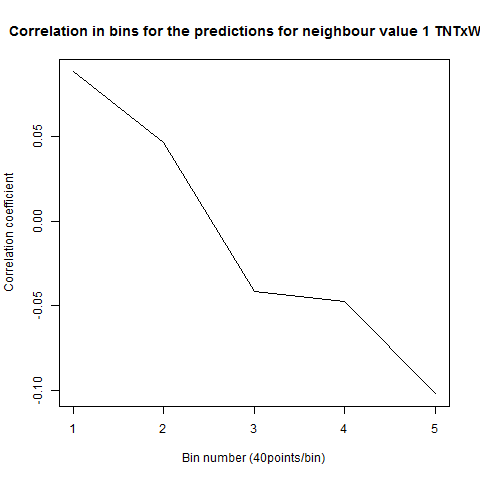

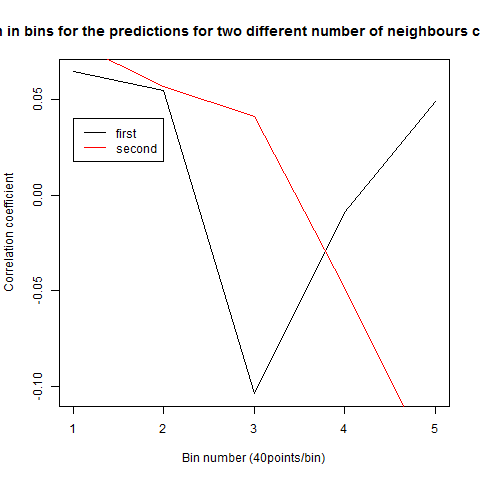
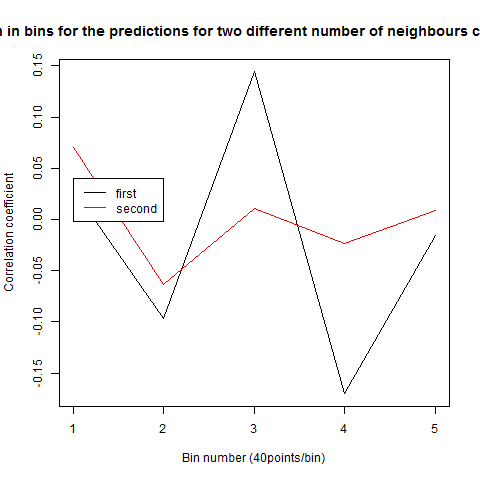
Category: R code, Spontaneous Behavior, strokelitude, WingStroke | No Comments
Nonlinear signature of Drosophila in Strokelitude
on Monday, March 14th, 2016 1:48 | by Christian Rohrsen
This is now the results from trying to predict the fly behavior doing ensembles of two predictions for the next 200 data points at two different points of the traces.
c105;;c232>TNT:
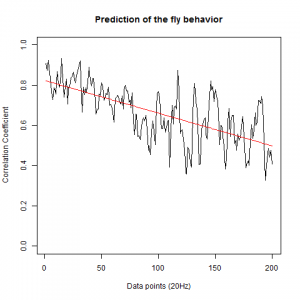
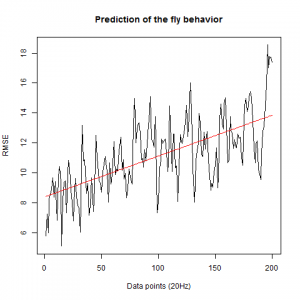
WTBxTNT: 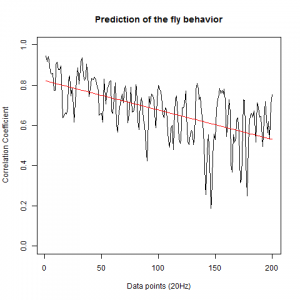
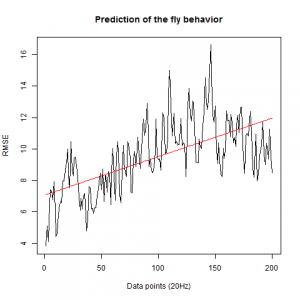
WTBxc105;;c232: 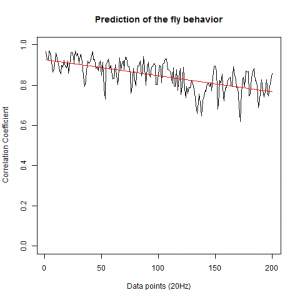
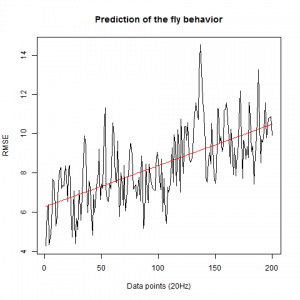
From what we see here, there is no “flattening” in the prediction of the fly when the neurons under c105 and c232 are targeted by TNT. This is done with around 14/15 flies for each group with two predictions in each ensemble of the two starting points. That makes a total of 15flies x 3 groups x 2 starting points for prediction x 2 predictions per ensemble = 180 prediction traces. Now I´m trying to calculate it by making correlations of bins in the prediction-observed for the same fly
Category: R code, Spontaneous Behavior, strokelitude, WingStroke | No Comments
Fly behavior prediction in the platform
on Monday, February 15th, 2016 2:25 | by Christian Rohrsen
This is the prediction analysis of flies in the platform under a 20min experiment under dark conditions. The number of experiments change drastically among groups because of technical problems: WTBxTNT is 4, WTBxc105;;c232 is 22, for the experimental line is 6 (c105;;c232>TNT), for the platform without flies is 10. I show the root mean squares and the correlation coefficient for each group.
This is the experimental group: c105;;c232>TNT.
The group without flies on the platform. I expect here to get a very good predictability overall:
WTBxc105;;c232 group
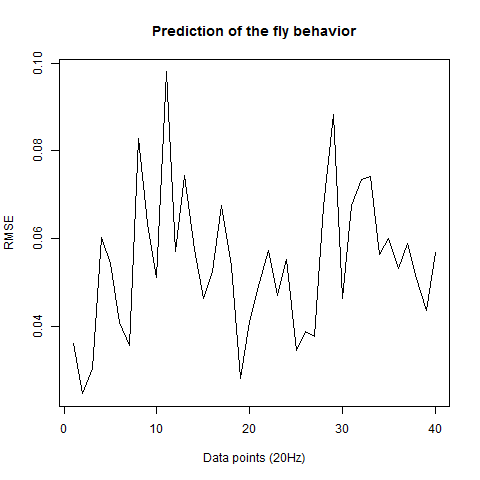 WTBxUAS-TNT
WTBxUAS-TNT 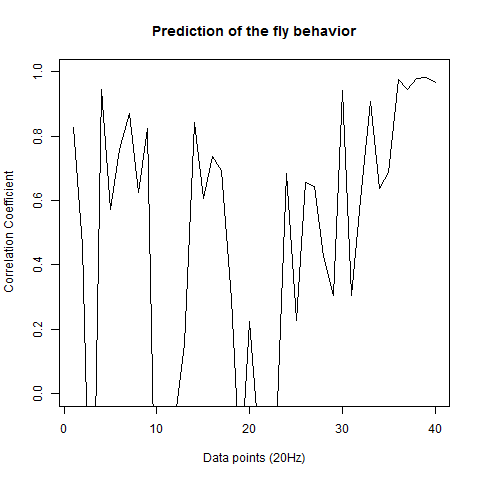
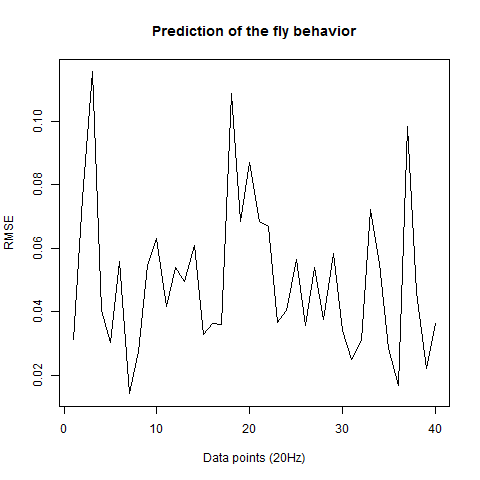
Category: R code, Spontaneous Behavior, strokelitude | No Comments
First tests of fly prediction under a mean of the flies on single data points
on Monday, February 8th, 2016 12:11 | by Christian Rohrsen
These were done the week before last one but I could not upload it last time, so here are they. These are the results for predicting 4-5 flies of each group. Just one prediction from the middle of the time series for the 40 data points ahead in the future. First group is c105;;c232>TNT.
This is c105;;c232 x WTB
As I saw that the graph had so much zig-zag I told Pablo to make a bigger number of tested flies and this is what he is presenting today.
In addition I did analyze other parameters which are all saved under a PDF file below (Strokelitude). This contains some parameters with doubtfull processing which I still don´t trust so I have to find a better way for the calculation of it.
Category: R code, Spontaneous Behavior, strokelitude | No Comments
Data analysis of the prediction of wingstroke amplitude with 40 datapoints.
on Monday, February 8th, 2016 11:38 | by Pablo Martinez
After we got the data of the behavior of the fly with strokelitude, we have made the analysis of 40 datapoints. Those datapoints were randomly picked in the middle of our dataset (10 minutes) and we made a second prediction, taking the points just before the end of the flight. For that we made a double correlation with those two predictions for each line and those are the results:
For the two control lines,
WTB x C105;;C232
UAS-TNT-E x WTB
And for the experimental line (UAS-TNT-E x C105;;C232)
As long as the linear regresion decreases, more impredictable is the fly so its behave like non-linear function. The two controls are suposed to be more impredictable than the control line. There is more decrease in those two lines comparing to the experimental line, although is not too remarkable.
We also made an RMSE analysis, Christian explained it in his post. “RMSE measures just the differences of the absolute points whereas correlation coefficient is rather if the direction and degree of variation correlates (covariates)”
Here we have the plots:
WTB x C105;;C232(control)
UAS-TNT-E x WTB(control)
experimental line (UAS-TNT-E x C105;;C232)
As long as the linear regresion increases, the absolute points differ from the prediction and the normal trace.
Category: Spontaneous Behavior, strokelitude, Uncategorized | No Comments
platform resonance frequency and Gaussian downsampling
on Monday, February 1st, 2016 2:16 | by Christian Rohrsen
Category: Spontaneous Behavior, Uncategorized | No Comments
Prediction analysis
on Sunday, January 17th, 2016 7:02 | by Christian Rohrsen
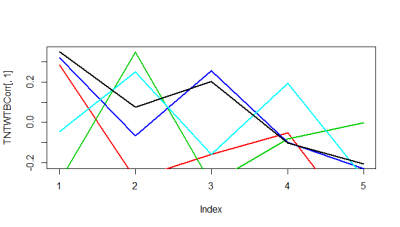
These are just 5 flies (WTBxTNT) from the strokelitude where I measured the correlation coefficient on the Y-axis. In the X-axis, first bin is from 0-2 s of prediction, second is 2-4s and so on.
It seems as if some flies do nicer than others. Although it seems to me that a correlation coefficient from 0.3 isnt a big thing with all this variability. I have to find out the best binning though, I think it needs to be much more in the short term.
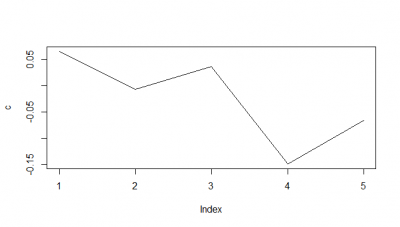
When I do the mean of the 5 flies measured, I do see a very slight decay. But once more I would say the decay is from the bin 1 to the second.
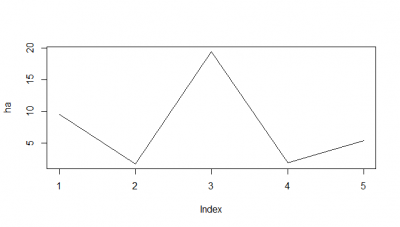
Here I tried another way, the RMSE, which according to literature and to my own reasoning should be a better analysis. I think RMSE measures just the differences of the absolute points whereas correlation coefficient is rather if the direction and degree of variation correlates (covariates). I find a very weird result. The fit is bad, the it gets better (but it should be just a chance event because correl coef decreases) and then it get very bad and so on.
I think for the future I have to make ensembles of two k neighbours maybe, which seem to increase the prediction power 10-15%. And maybe not look that much into the future as it was done here (10s).
Here some examples of predictions vs observations:
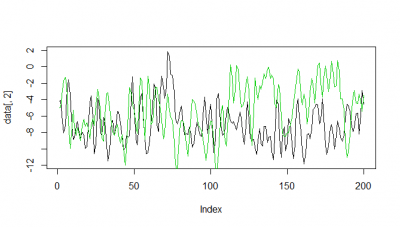
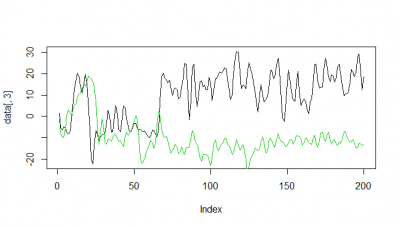
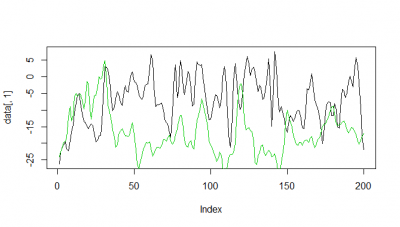
Category: R code, Spontaneous Behavior, strokelitude, Uncategorized, WingStroke | 1 Comment
Measuring Wingstroke Amplitude with Strokelitude (V)
on Monday, December 14th, 2015 2:42 | by Pablo Martinez
For a further data analysis, we should have a minimum number of samples. During the last week, I have been measuring the wingstroke amplitude of the flies, to get at least 10 samples of each one(two controls and the experimental line). Here three examples of the different lines:
Males WTB x C105;;C232 (control)
Males UAS-TNT-E x C105;;C232
Males UAS-TNT-E x WTB (control)
Category: flight, Spontaneous Behavior, strokelitude, WingStroke | No Comments

